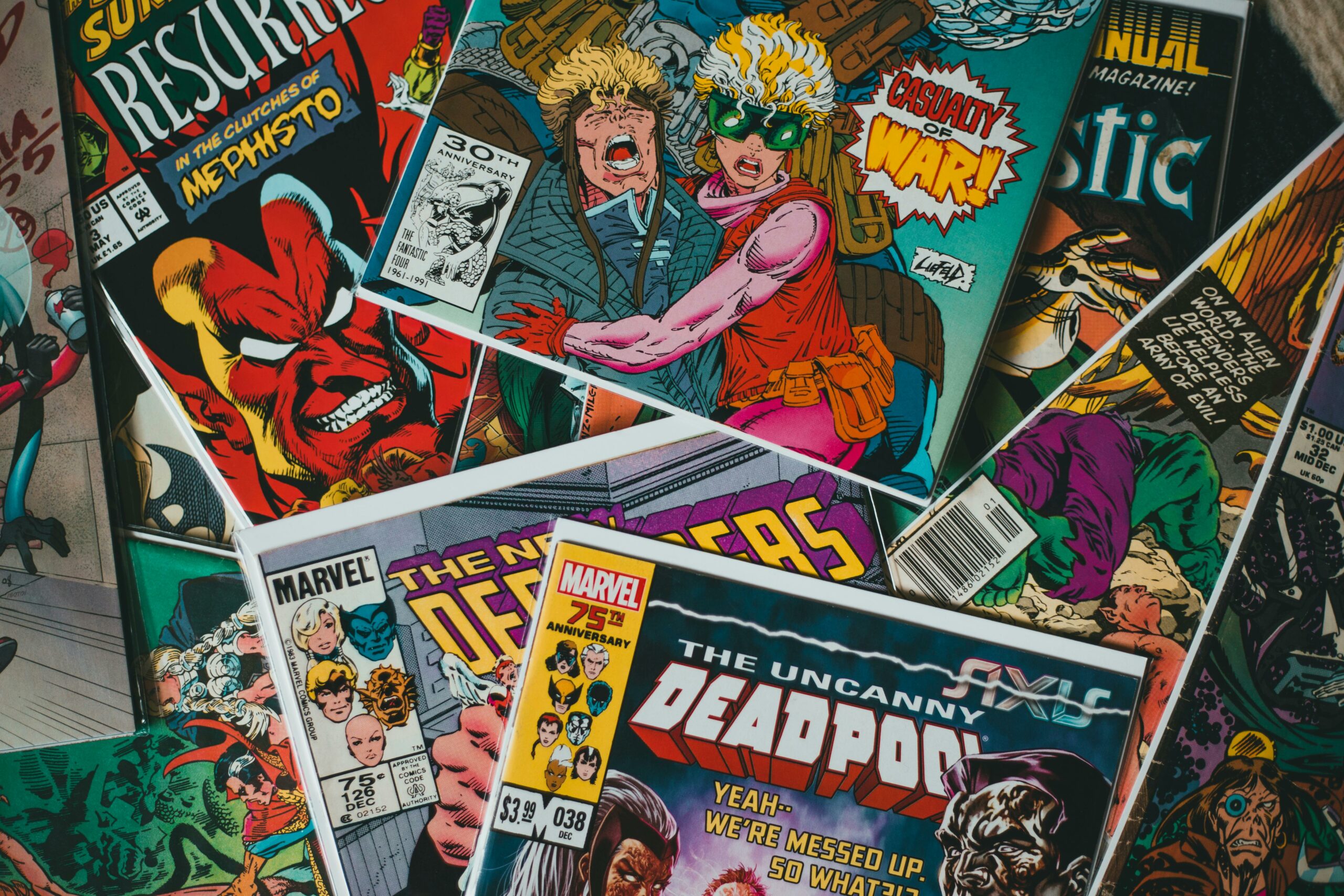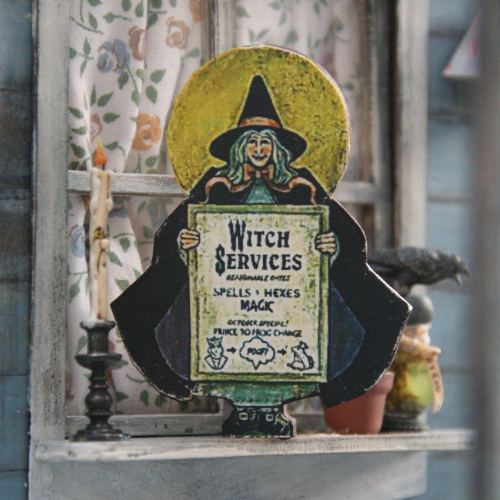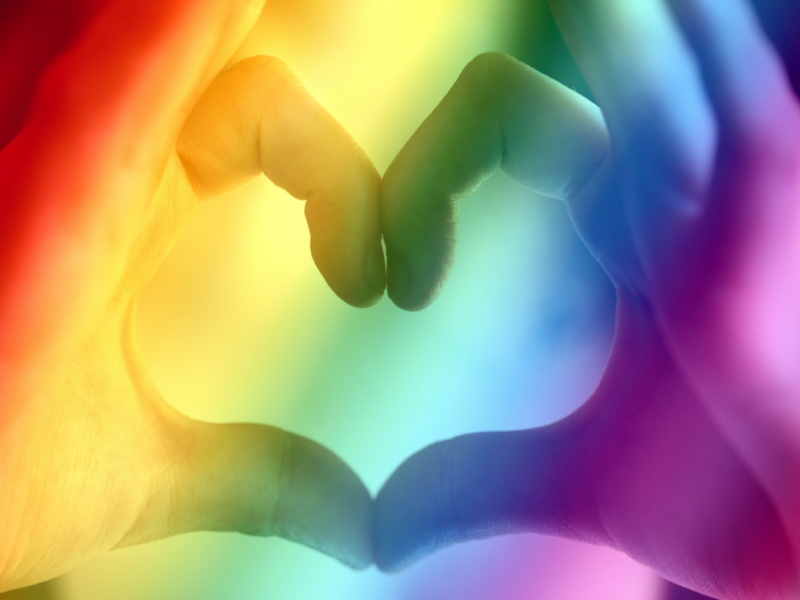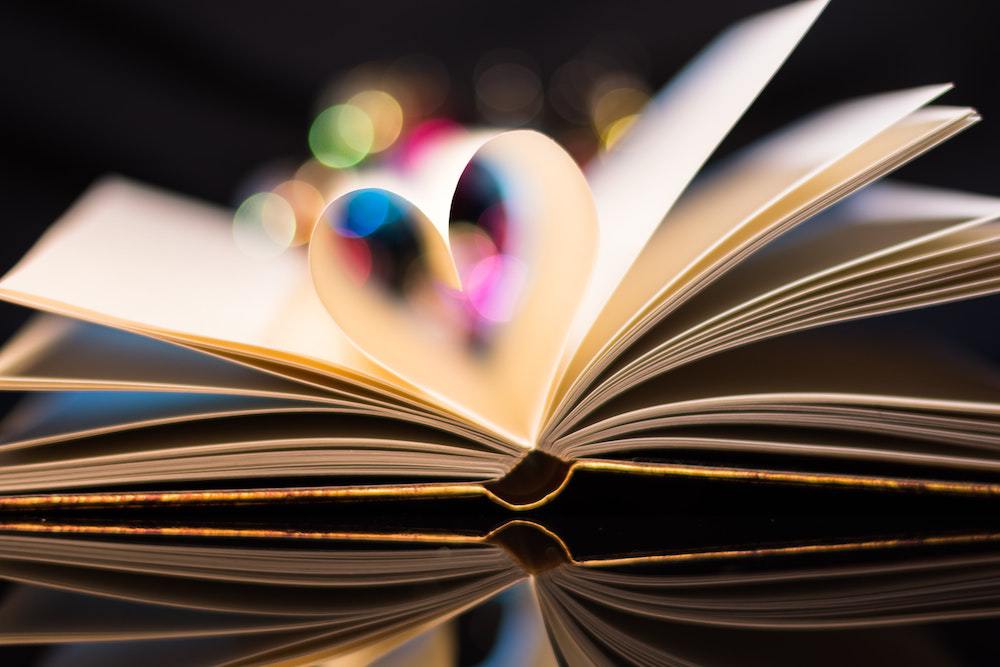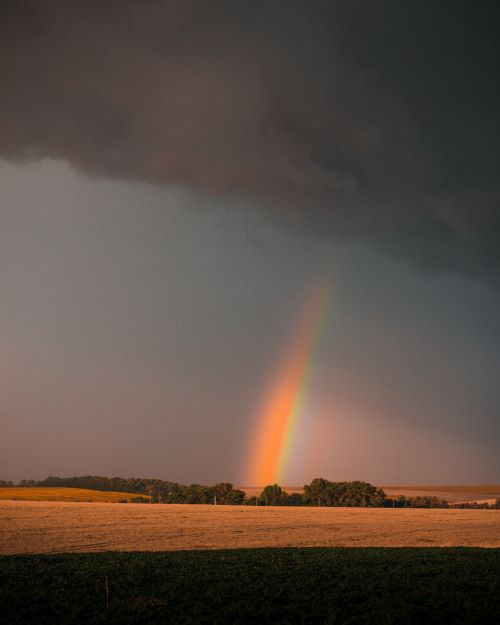Five Indie Comic Book Presses That You Need to Follow
Here’s a tip for our fellow BIPOC and queer book lovers: indie presses are where it’s at! There are so many amazing Black and queer comic book creators whose stories many people have not heard of before, and you’re in luck, because we’ve rounded a few up for you in this blog.

